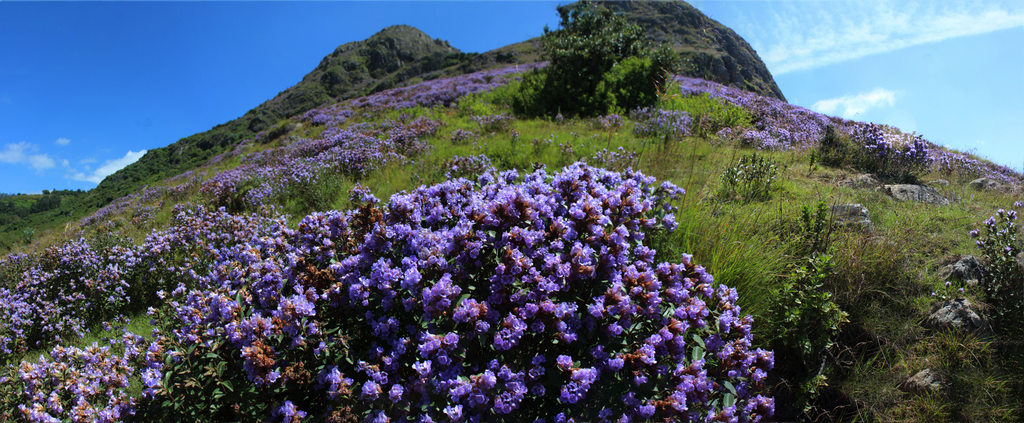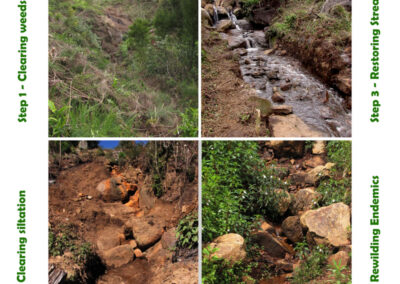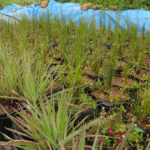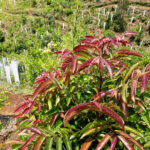The Nilgiri plateau located at the juncture of the Western and Eastern Ghats covers an area of over 2200 square kilometres. It has an average elevation of close to 2000m and was once covered by the shola-grassland mosaic ecosystem. However, less than 10 percent of this ecology now remains in an intact state. This entire ecosystem is home to close to 1,200 species of plants, with several being endemic. It is hugely important to restore this ecology both to safeguard this specialized biodiversity here and improve the overall ecological security of this biosphere. Apart from various other benefits and natural cycles supported by this ecology and this landscape, millions of people and life-forms living downstream depend on the services of this region.
We at Upstream Ecology are working to increase the space for this endangered eco-type, all across the plateau. The shola-grassland mosaic community of plants are under immense pressure especially because they are marginalized by all the key ecosystem pressures such as, habitat loss and fragmentation, global warming and climate change and invasive species spread.
At the core of Upstream Ecology is a native plant nursery, where we grow over 80 species of native plants, herbs, shrubs and trees. Along with the guidance from Gurukula Botanical Sanctuary, Wayanad and Vattakaanal Conservation Trust, Kodaikanal, we started one of the first grassland nurseries in this region. Our primary focus is on growing the montane-grasslands and shrubland type ecosystems back. Within this, we also focus on the endangered wetland ecology, and reviving streams and stream flows back. We also work on growing back shola forests back, by following techniques that help their survival better. Another measure we take is to try and grow back the community structure together, such as the ecotone species between shola and grasslands, understory plants, and a wide number of tree species.
At Upstream Ecology we work with all the stakeholders in the Nilgiri Biosphere Reserve. The local forest departments, municipal bodies, other administrative bodies, NGOs such as Keystone Foundation and Clean Coonoor, schools, institutions and private land holders. One of our projects has been in introducing native species into peoples’ homes and private lands. We promote the concept of conservation gardens, where we try and communicate the ornamental value of native plants shrubs and trees, along with all their other ecological benefits and importance. Along with this ground-level work, which has been on for close 10 years, we have also been working to communicate the importance of preserving this ecology with all the stakeholders, children and people all over.






i would like to get more information on this project so as to do research on the geospatial technology to identify this forest